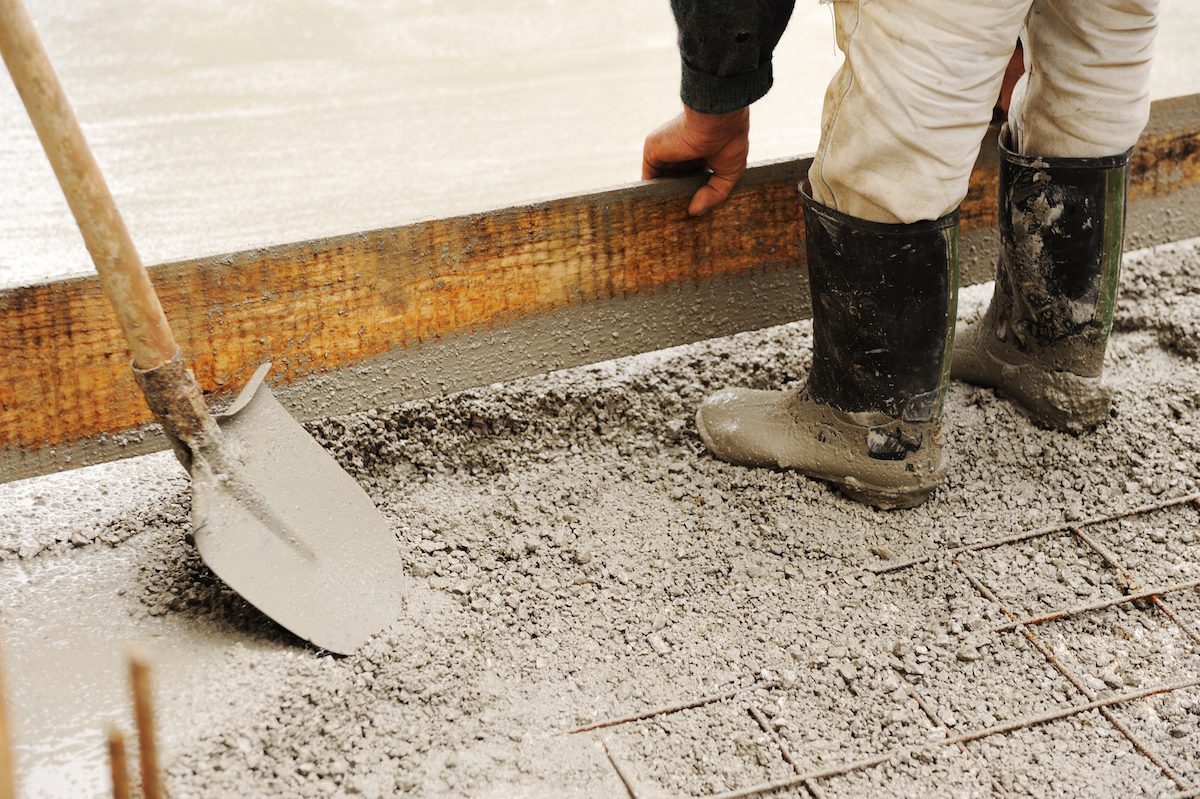A closer look at concrete

Concrete is the most common artificial material available, which can be used for sidewalks, roads, buildings, parking garages, and much more. Concrete includes three basic components: water, cement, and aggregate (sand, rock, or gravel).
While some people use concrete and cement interchangeable, cement is actually just one component of concrete. It typically starts in powder form and is then mixed with water to create a binder for the aggregate.
The ratio of water to cement will determine the strength of the concrete. A stronger concrete mixed with a lower water-to-cement ratio results in a less permeable final product.
There are also a range of products that can mixed into concrete for specific outcomes. These include accelerators to speed up the setting process, retardants to slow the setting time especially in hot weather, fly ash to improve workability and reduce heat generated by the concrete, and water reducers to help increase concrete strength.
In areas where concrete will be exposed to freezing and thawing temperatures, air entraining admixtures can be used. These products create tiny air bubbles in the concrete that allow freezing water to expand into the bubbles instead of damaging the concrete.
All concrete is permeable, although the specific mix of concrete can affect how much water seeps into the concrete. But even with the strongest mix to reduce permeability, concrete sealants are a good idea to further reduce the amount of water that penetrates the surface. Preventing water penetration is especially important in areas where freezing temperatures occur, as water that seeps into the concrete can cause significant damage over time as it freezes.
There are other factors that can damage concrete over time, including corrosion of the reinforcing steel bars, cracks from shrinkage as the concrete dries, blisters or bubbling on the surface due to premature finishing and sealing, and cracks from structural loads.
If your concrete surface or structure is showing wear and tear, consult an expert to determine the best approach for protecting the surface through concrete restoration or other means. Small problems can rapidly become big problems, so don’t wait to consult a professional.
